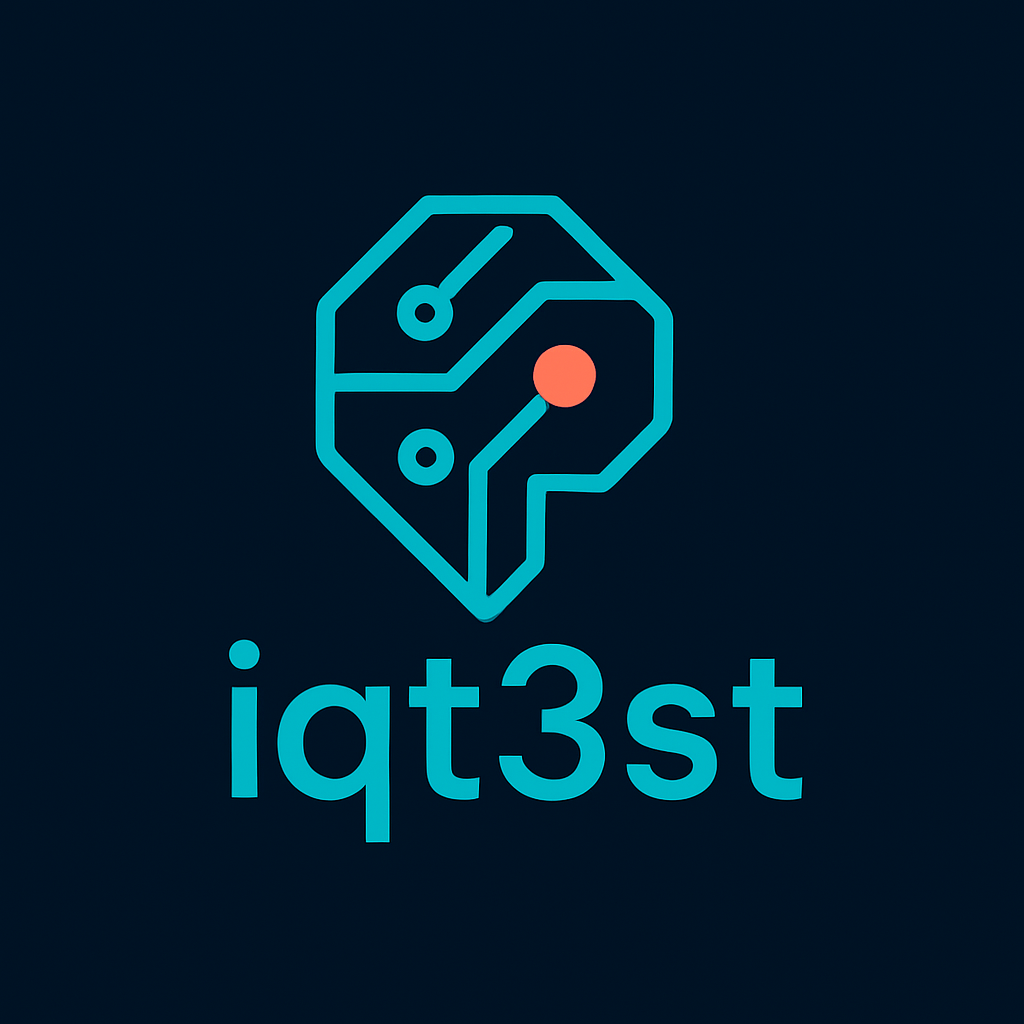
Norming Method
The tests are statistically normed using a standard approach based on z-scores and the normal distribution of IQ scores. This ensures that raw test results are meaningfully and fairly converted into IQ scores, allowing for accurate interpretation across a wide population.
Step 1: Collect Raw Scores from a Normative Sample
Raw scores are collected from a diverse group of test-takers to establish a representative norm group. From this data, two key statistical values are calculated:
- Mean (μ) – the average raw score
- Standard Deviation (σ) – the measure of score spread
These values serve as the baseline for comparison.
Step 2: Convert Raw Scores to Z-Scores
Each individual raw score is converted to a z-score, which indicates how far it deviates from the average raw score in standard deviation units. The formula is:
Where:
- X is the individual's raw score
- μ is the mean of the raw scores
- σ is the standard deviation of the raw scores
Step 3: Convert Z-Scores to IQ Scores
The z-scores are then transformed into IQ scores using the conventional IQ scale, which has a mean of 100 and a standard deviation of 15. This is done using the formula:
Step 4: Measure Validity Using Pearson’s r
To ensure the tests are valid, Pearson’s correlation coefficient (r) is used to measure how well scores on the tests align with scores from established, professionally recognized IQ tests. This statistical method evaluates the strength and direction of the linear relationship between two sets of scores.
A higher r-value (close to 1.0) indicates a strong positive correlation and therefore high validity. The results are compared with external benchmarks to confirm that the tests measure what they are intended to measure: general cognitive ability.
Why This Method?
This norming method ensures that scores are:
- Statistically valid
- Fair across populations
- Consistent with internationally recognized IQ scaling
As the tests reach a broader audience, the norms are continuously updated to maintain accuracy and relevance.
The tests are used to estimate an individuals IQ.
If you wish to know your exact IQ, you’ll need to schedule a professionally administered IQ test — such as the WAIS — with a licensed psychologist under proctored conditions.
Norm Development Stages
To ensure accurate and reliable IQ scoring, each test goes through three stages of norm development based on the number of unique first submissions. The norm level indicates the statistical maturity of the score conversions.
1. Preliminary Norm
(Approximately 10–15 first submissions)
This is the initial stage of norm development. The Preliminary Norm provides a rough estimate of IQ scores, normally within 3-5 IQ points based on a small sample of test takers.
2. Standard Norm
(Approximately 30–35 first submissions)
At this stage, the test has been completed by a larger group of individuals. The Standard Norm reflects improved accuracy and offers a more representative conversion from raw scores to IQ estimates. This version is more reliable for general comparison.
3. Full Norm
(Minimum 50 first submissions)
The Full Norm is based on a statistically meaningful sample size. It provides a stable and well-balanced IQ scale and is considered suitable for public use and interpretation. Once a test reaches this level, it is regarded as fully normed.
IQ tests certified by the Globally Advanced Intelligence Network